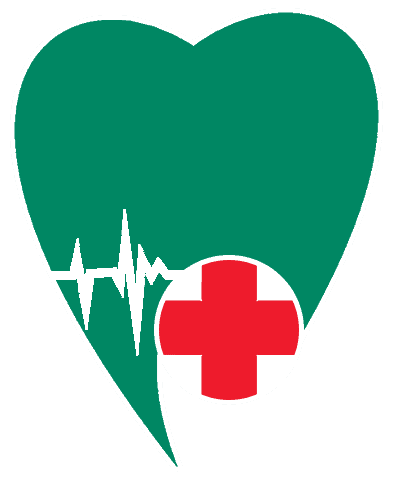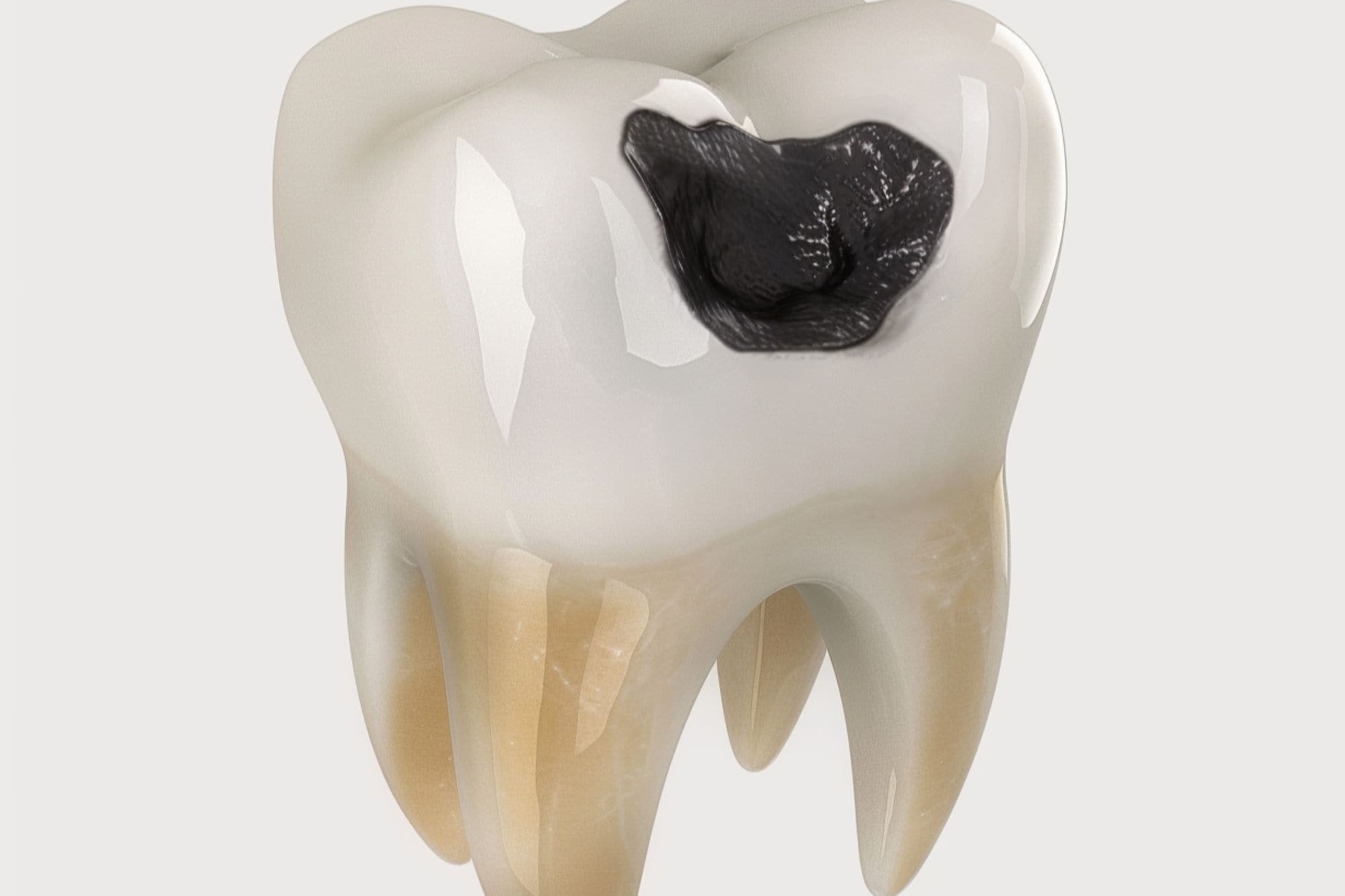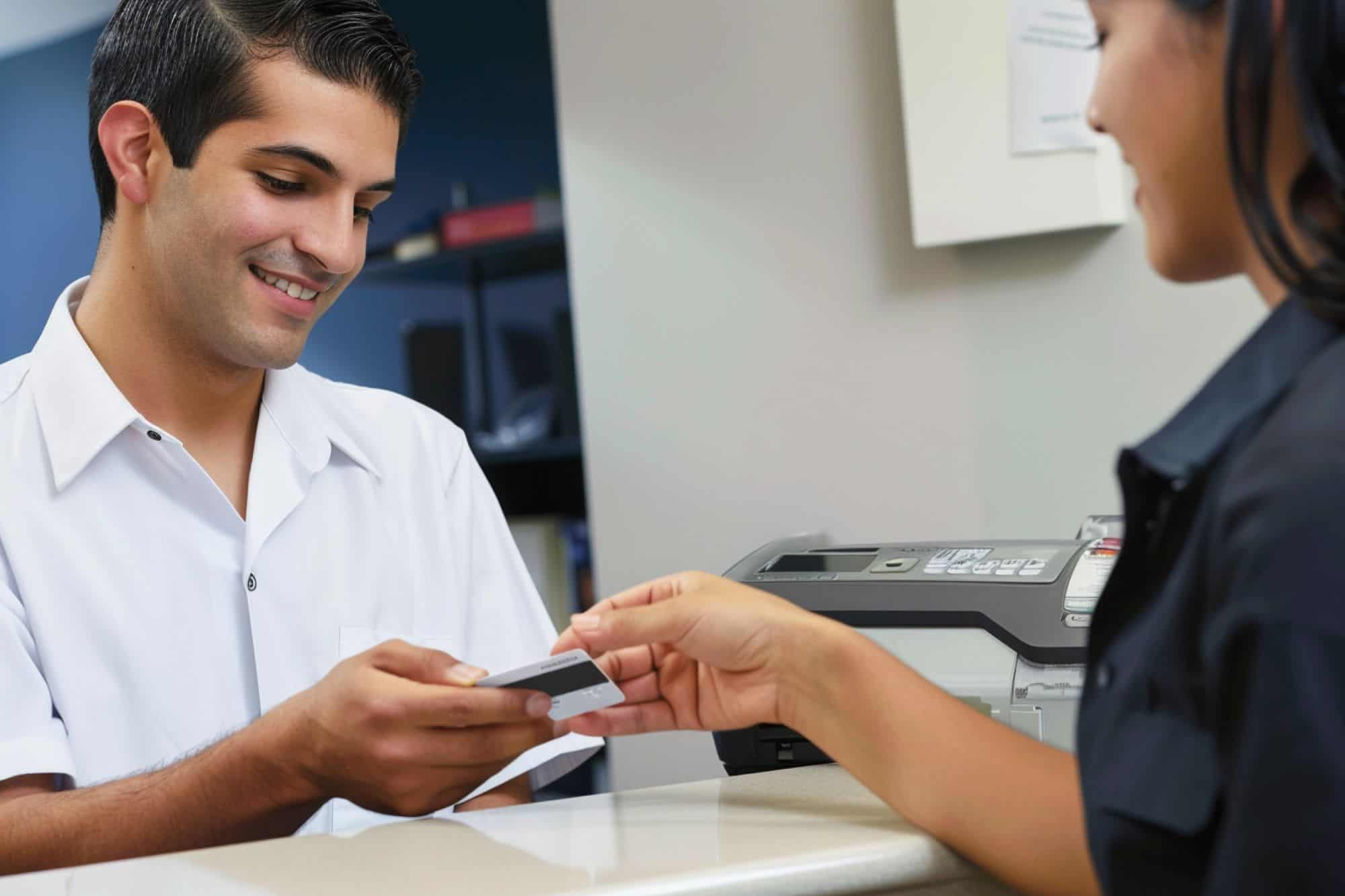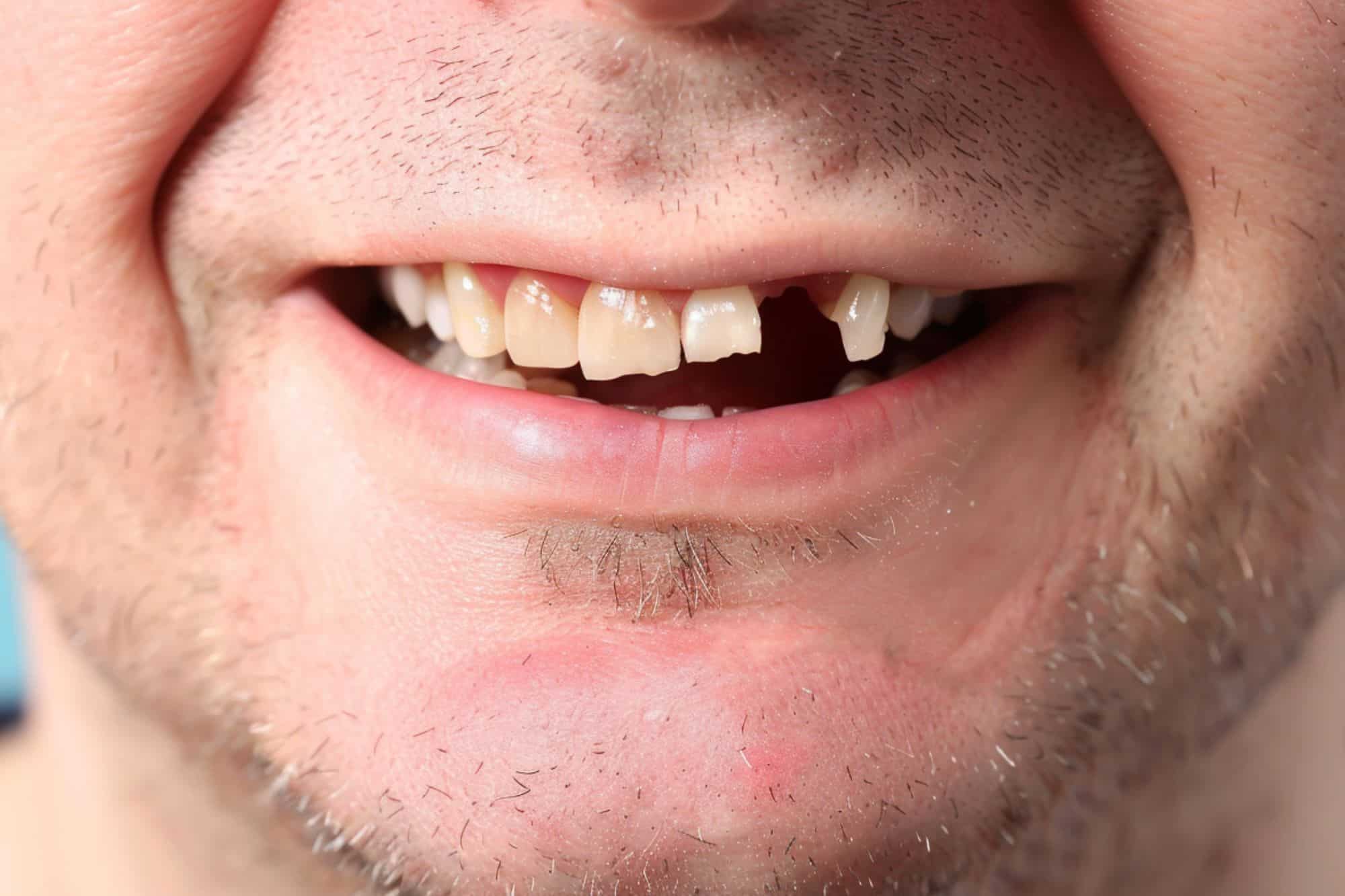When you face a sudden dental emergency, knowing what to expect can ease your mind. One question many people ask is whether an emergency dentist can remove teeth. This blog post will guide you through when and why an emergency dentist might need to perform a tooth extraction, ensuring you’re prepared for urgent dental care.
What Constitutes a Dental Emergency?
A dental emergency involves any situation that requires immediate dental care to save a tooth, stop ongoing tissue bleeding, or alleviate severe pain. Here are some scenarios where you might need to visit an emergency dentist:
- Severe Toothache: Pain that doesn’t go away with standard painkillers.
- Accidental Damage: Such as teeth that are broken or knocked out due to an accident.
- Infection Signs: Swelling, severe discomfort, or a pus discharge indicating an infection.
Understanding these emergencies is crucial because they might require different actions, including tooth extraction, to prevent further health complications.
The Role of an Emergency Dentist
Emergency dentists specialize in addressing dental problems that require immediate attention. This might include severe pain, significant trauma, or advanced infections that can’t wait for a regular dental appointment. Here’s a more detailed look at what an emergency dentist does:
Rapid Assessment
Upon your arrival at the dental clinic, the emergency dentist will quickly evaluate your condition. This includes asking about your pain level, examining the affected area, and determining the urgency of the situation. The goal is to identify the most pressing problems and decide on an immediate course of action.
Diagnosis
Using tools like X-rays or oral examinations, the dentist will diagnose the underlying issue. Whether it’s an abscess, a broken tooth, or another dental crisis, pinpointing the exact problem is crucial for effective treatment.
Pain Management
Emergency dentists prioritize reducing pain. If you’re in severe pain, they might administer pain relief measures immediately, which can include local anesthetics or other medication to make you more comfortable during the treatment.
Immediate Treatment
Depending on the diagnosis, the treatment might involve anything from prescribing antibiotics to handle an infection, to performing a tooth extraction if there’s no other way to alleviate pain or save the tooth. The dentist will explain why a particular treatment is necessary and what it involves.
Referral to Specialists
In some cases, if the dental emergency is complex (such as needing a complicated root canal or dealing with severe orthodontic issues), the emergency dentist might stabilize the situation and then refer you to a specialist. This ensures you receive comprehensive care tailored to your specific needs.
Education and Prevention
Before you leave, the emergency dentist will provide advice on how to care for your dental issue post-treatment and how to prevent similar emergencies in the future. This might include tips on oral hygiene, dietary recommendations, or when to come back for a follow-up.
Tooth Extraction Procedures by Emergency Dentists
When a tooth cannot be saved or when its condition poses a health risk, an emergency dentist may need to perform a tooth extraction. This procedure is typically straightforward but requires precision and care to ensure patient safety and minimize discomfort. Here’s a detailed breakdown of the steps involved in an emergency tooth extraction:
Preparation
Before the procedure, the dentist ensures that you are comfortable and understand the process. This includes reviewing your medical history to avoid any complications related to allergies or existing health conditions.
X-rays
To better understand the tooth’s condition and its position in the jaw, the dentist might take X-rays. This is crucial for planning the extraction to avoid damaging surrounding nerves or structures.
Local Anesthesia
To prevent pain during the extraction, local anesthesia is administered around the tooth to be removed. This numbs the area, ensuring you feel no pain, only pressure during the procedure.
Extraction
The dentist uses specialized dental instruments to gently loosen the tooth from its socket. If the tooth is impacted or broken below the gum line, the procedure might involve removing gum tissue or bone.
Sectioning the Tooth
In some cases, if the tooth is firmly anchored in its socket or if it’s a large tooth, the dentist might cut it into smaller pieces to remove it more easily.
Cleaning the Socket
After the tooth is removed, the dentist cleans the socket to remove any debris or damaged tissue, which helps prevent infection.
Controlling Bleeding
The dentist places a gauze pad over the socket and asks you to bite down to apply pressure, which helps form a blood clot in the socket — a vital part of the healing process.
Post-Extraction Instructions
You will receive detailed instructions on how to care for the extraction site to prevent complications such as infection or dry socket. This includes recommendations for pain management, oral hygiene, and dietary adjustments.
Follow-Up
In some cases, a follow-up appointment may be necessary to ensure the extraction site is healing properly and there are no complications.
When is Tooth Extraction Necessary?
Emergency tooth extraction is not the first choice but becomes necessary under certain conditions:
Irreparable Tooth Damage: When a tooth is too damaged, such as from trauma or decay, and cannot be saved.
Severe Infection: If an infection is likely to spread to other areas of the mouth or body, removing the tooth may be the safest option to prevent further health issues.
Risk of Complication: In cases where a tooth might cause complications to overall health, such as impacted wisdom teeth that could lead to severe pain and infection.
TIP
Understanding when extraction is necessary helps patients make informed decisions during emergencies.
Post-Extraction Care and Instructions
After a tooth is extracted, proper care is essential to ensure a smooth and quick recovery. Here are some post-extraction guidelines an emergency dentist might provide:
Bite Down on Gauze
Immediately after the procedure, you’ll be asked to bite gently on a gauze pad placed over the extraction site. This helps stop the bleeding and allows a clot to form in the tooth socket.
Avoid Certain Activities
For the next 24 hours, avoid rinsing your mouth vigorously, drinking through a straw, smoking, or anything that could disturb the clot and delay healing.
Pain Management
You may experience some pain after the anesthesia wears off. Over-the-counter pain relievers, as advised by your dentist in Winston-Salem, can help manage discomfort.
Keep It Clean
After 24 hours, gently rinse your mouth with warm salt water several times a day to reduce swelling and prevent infection.
Eat Soft Foods
Stick to soft foods like yogurt, pudding, and soups for a few days. Gradually add solid foods back into your diet as the extraction site heals.
Following these instructions is crucial to prevent complications such as dry socket, a painful condition that can occur if the blood clot at the site is dislodged.
Alternatives to Tooth Extraction
While tooth extraction can sometimes be necessary, it’s often considered a last resort. Here are some alternatives that an emergency dentist might explore first:
- Dental Filling or Bonding: For minor cracks or decay, a filling or bonding can restore the tooth.
- Root Canal Therapy: If the damage is confined to the pulp of the tooth, a root canal may save the tooth while removing the infection.
- Crown Placement: A severely damaged or decayed tooth might be saved with a crown instead of removal.
… alternatives can often preserve your natural tooth …
Exploring these alternatives can often preserve your natural tooth, which is always preferable to extraction.
Frequently Asked Questions
To wrap up, here are some common questions patients might have about emergency tooth extractions:
Can all teeth be extracted in an emergency?
Most teeth can be extracted if necessary; however, some cases may require a specialist in Winston-Salem.
What are the risks of emergency tooth extraction?
Risks include infection, prolonged bleeding, or dry socket, but these are rare when post-care instructions are followed.
How quickly should I see an emergency dentist if I think I need an extraction?
Immediate consultation is recommended to prevent the condition from worsening and to manage pain effectively.
These FAQs help address typical concerns and ensure patients are well-informed about what to expect.
Conclusion
Understanding when an emergency dentist can remove teeth and the procedures involved can make a daunting experience more manageable. If you’re in Winston-Salem and facing a dental emergency, remember that quick action can prevent further complications and lead to better health outcomes. Always consult with a professional for the safest and most effective treatment.





